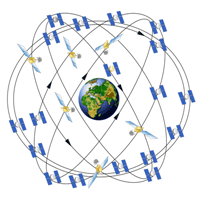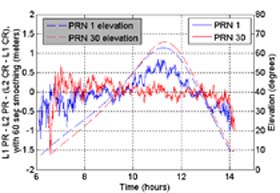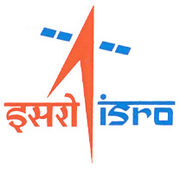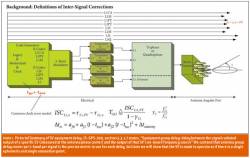 GPS IIIA. Lockheed Martin graphic
GPS IIIA. Lockheed Martin graphic
The Lockheed Martin team developing the next-generation GPS III satellites has successfully completed a major program milestone, the preliminary design review (PDR) conducted by the U.S. Air Force’s GPS Wing.
Underlining the importance placed on meeting a 2014 first-launch schedule, nearly 150 representatives from the GPS Wing and user communities, including representatives from the Department of Defense, the Joint Chiefs of Staff, Air Force Space Command, the Department of Transportation, and the Federal Aviation Agency participated in the four-day Space Vehicle PDR at Lockheed Martin Space Systems facilities in Newtown, Pennsylvania.
Read More >
By Inside GNSS












